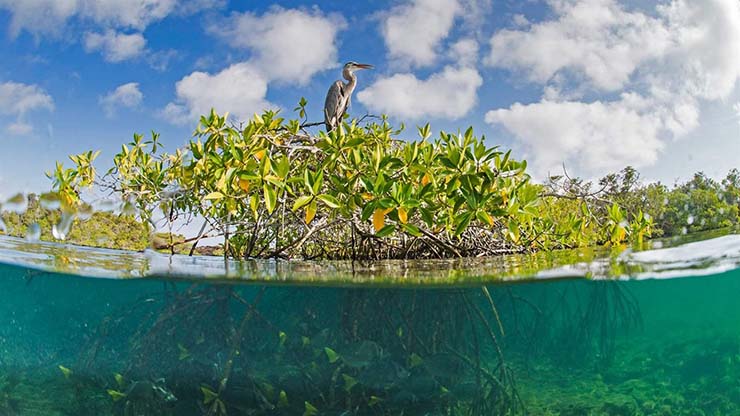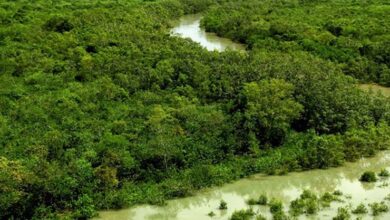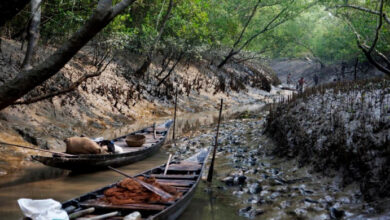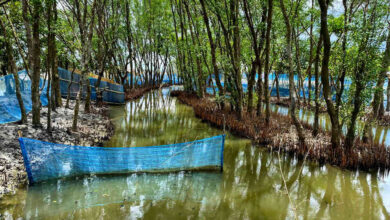
The coastal ecosystem can be identified where the land and the sea meet. This type of ecosystem consists of a broad variety of habitat types, including mangroves, coral reefs, seagrass beds, estuaries and lagoons, backwaters, etc. Due to the abundance of food and protection from some of the perils of the deep ocean, coastal areas are home to many fish, turtles, and migrating bird nests.
Is restoration necessary?
Fisheries support the livelihoods and financial security of small – scale fishers and make significant contributions to the growth of the national economy. However, overfishing and damaging fishing techniques may result in fewer fish in the sea, which could negatively impact the way of life and economy of coastal towns.
Every year, the importance of coastal ecology to human health tends to decline. This is a result of conflicting land uses, overfishing, pollution, urban growth, aquaculture businesses, and mangrove logging, as well as the management of coral reefs and mangrove forests. The life of a fisherman is in danger if the coastal areas are damaged. Therefore, it is crucial to take conservation efforts that address the problems with coastal fishermen’s way of life.
One of the most crucial methods for providing biologically based solutions for food insecurity, reducing and adapting to climate change, and preserving biodiversity is ecosystem restoration.
Coastal ecosystems offer a variety of goods and services that contribute to and support human needs while acting as a natural barrier against destructive forces like high tides, tsunamis, and cyclones. Restoring degraded ecosystems can prevent extensive carbon emissions while increasing carbon sequestration in the restored area.
Numerous natural environmental processes in coastal locations have been impacted by aquaculture activities. This has caused a wide range of problems, such as a decline in biodiversity, extreme pollution, erosive processes, and rising sea levels as a result of climate change. In actuality, one of the most endangered habitats on Earth is the shoreline.
In order to attain and enhance the sustainability of ecosystem services and food security, coastal ecosystems must effectively manage, mitigate, and reduce the drivers and dangers of deterioration.
Ways of coastal ecosystem restoration:
Reducing tillage, using organic fertilizer, managing pests, raising a wider variety of crops, including trees, are all ways to restore them. By doing these actions, soils can replenish their carbon stores and become more fruitful. It will allow nations to feed their expanding people without requiring even more land.
Some efforts should be made to help restore the coastal habitats such as utilizing reusable shopping bags, water bottles, and utensils. Limiting the use of plastic and releasing poisons are effective ways. Moreover, harming sea life such as turtles, birds and fish should be controlled.
Reducing harmful environmental, societal effects like pollution are the main restorative activities. Sustainable use and management of ecosystem resources are needed to restore it. Removing contaminants, pollutants, and other threats known as remediation process.
Recent research has shown that the national ecological restoration projects’ execution has increased ecosystem services. These include the management of soil erosion, water retention, flood mitigation, and biodiversity preservation.
Therefore, it is essential to formulate an integrated policy in order to save coastal ecosystems. It helps to provide high levels of well being for society and the country. To speed up and broaden Bangladesh’s economic development, such an approach should also take into account the country’s maritime and fisheries policies.
The most important actions that need to be taken to move toward sustainable aquaculture fisheries are good management and implementation of the best culture system, monitoring fishing practices, enforcing penalties for rule violations, adequate management of the effluents, and improving research and legislation related to evaluation and solutions for impacts of aquaculture and fisheries.
Farhana Islam
Agriculturist, Researcher




